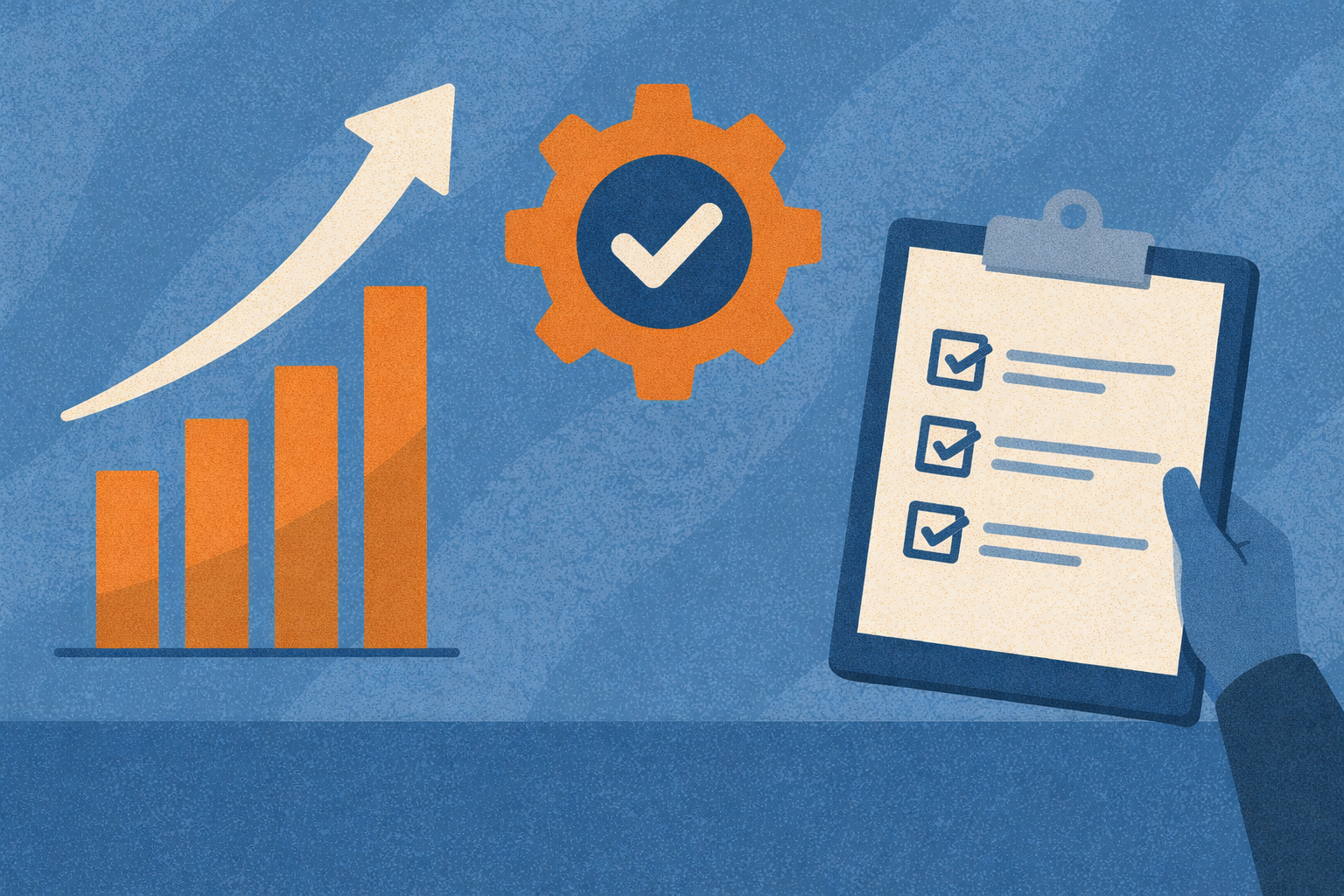Introduction
Understanding business credits is one of the most powerful steps a company can take to improve financial flexibility, secure better loan terms, and build long-term credibility. Strong business credit helps organizations access capital without relying on personal guarantees, negotiate with suppliers, and scale faster. This guide offers a deep, expert-level breakdown of how business credit works, how to build it, and how to avoid the costly pitfalls many new entrepreneurs face.

What Is Business Credit?
Business credit refers to a company’s ability to borrow money under its legal entity rather than under a personal name. It measures how reliably a business repays debts and manages financial obligations.
Why Business Credit Matters
Strong business credit allows you to:
-
Secure loans with lower interest rates
-
Reduce or eliminate personal liability
-
Negotiate higher credit limits with suppliers
-
Improve cash flow during seasonal or unexpected downturns
-
Appear more trustworthy to vendors and partners
Research by Harvard Business School shows that companies with strong credit profiles are 50% more likely to secure bank funding during their first five years. Major lenders like Bank of America, Chase, and Wells Fargo rely heavily on business credit scoring before approving loans.
How Business Credit Works
Business credit is built on data collected by reporting agencies such as Dun & Bradstreet, Experian Business, and Equifax Business. These agencies track:
-
Payment history
-
Credit utilization
-
Public records (liens, bankruptcies, judgments)
-
Financial stability indicators
-
Company size and structure
Key Business Credit Scores
Here are the primary scoring systems:
-
Dun & Bradstreet PAYDEX Score (1–100):
Measures how quickly a business pays suppliers.-
80+ = pays on time or early
-
50–79 = pays consistently late
-
-
Experian Intelliscore Plus (1–100):
Predicts the likelihood of serious delinquency.
Scores above 76 indicate a low credit risk. -
Equifax Business Credit Risk Score (101–992):
Evaluates the probability of failure.
Higher numbers indicate stability.
Understanding these scores helps you identify where your business stands and what lenders see.
How to Build Business Credit from Scratch
Many entrepreneurs assume they automatically have business credit once they register a company. Not true. You must take deliberate steps to build it.
Step 1: Legally Establish Your Business
Ensure your company is recognized as a separate entity.
-
Form an LLC or Corporation
-
Get an EIN from the IRS
-
Open a dedicated business bank account
Step 2: Register with Credit Bureaus
Most importantly:
-
Apply for a D-U-N-S number with Dun & Bradstreet
-
Confirm your business is listed with Experian and Equifax
Without these, your payments won’t build credit.
Step 3: Open Credit-Building Accounts
Use vendors that report to business credit agencies. Examples include:
-
Quill
-
Grainger
-
Uline
These companies offer “net-30” accounts that help businesses start a positive payment history.
Step 4: Use Business Credit Responsibly
Follow these practices:
-
Pay invoices early
-
Keep credit utilization below 30%
-
Avoid frequent credit applications
-
Monitor reports monthly
Tools like NAV, CreditSignal, or Experian Business Advantage can automate monitoring.
Common Mistakes When Building Business Credit
Many companies unintentionally sabotage their credit. Avoid these issues:
Mixing Personal and Business Finances
This prevents credit bureaus from building a separate credit file.
Paying Vendors Late
A single late payment can drop your PAYDEX score dramatically.
Ignoring Credit Reports
Errors are common. A 2023 Intuit study revealed that 22% of small business credit reports contained inaccuracies.
Overusing Credit Lines
High utilization signals financial instability even if you pay everything on time.
Business Credit vs. Personal Credit
Understanding the difference is essential for responsible financial planning.
Personal Credit
-
Tied to your Social Security number
-
Affects mortgages, car loans, and personal insurance
-
Used when a business lacks credit history
Business Credit
-
Tied to your business entity and EIN
-
Helps secure funding without personal liability
-
Lenders evaluate risk based on the company, not the owner
Why Separation Matters
If your business struggles, high business debt shouldn’t damage your personal credit score. Clear separation protects your financial future.
Types of Business Credit Available
Businesses have several credit options depending on their goals and cash flow needs.
Business Credit Cards
Useful for: everyday expenses, rewards, and cash-back programs
Examples:
-
Chase Ink Business Preferred
-
Capital One Spark Miles
Business Loans
Includes:
-
Term loans
-
SBA loans
-
Line-of-credit loans
Trade Credit
Offered by vendors that sell goods or services on “buy now, pay later” terms.
Leasing and Equipment Financing
Common in industries such as logistics, manufacturing, and construction.
How Lenders Evaluate Your Business Creditworthiness
Banks, investors, and financial partners review several factors.
Financial Stability Indicators
-
Annual revenue
-
Business age
-
Profitability trends
Credit Utilization
Using more than 30% of available credit lowers your creditworthiness.
Industry Classification
Some industries are considered high-risk (e.g., real estate, cannabis-related businesses).
Relationship with Your Bank
Banks often prefer to lend to existing customers with a stable deposit history.
Practical Strategies to Improve Business Credit Fast
You can accelerate your credit-building process with these proven methods.
Pay Early, Not Just On Time
Early payments maximize your PAYDEX score, which heavily influences lender decisions.
Add More Reporting Vendors
The more accounts reporting positive data, the faster your credit score grows.
Increase Credit Limits
Request higher limits on business credit cards after 6–12 months of good standing.
Use a Business Credit Builder Tool
Platforms like NAV and CreditSuite offer programs designed specifically to strengthen credit profiles.
How Business Credit Supports Business Growth
Strong credit unlocks financial opportunities that help your business scale.
Better Financing Options
You can qualify for:
-
Lower interest rates
-
Longer repayment terms
-
Higher loan amounts
Improved Vendor Relationships
Suppliers may extend better terms, such as net-60 or net-90 arrangements.
Protection from Cash Flow Gaps
Businesses can manage seasonal revenue fluctuations without personal financial strain.
Enhanced Credibility
Partners and clients trust companies with strong financial backgrounds.
Case Study: How a Growing Company Used Business Credit to Scale
Consider a small e-commerce company selling wellness products. In year one, the founder relied on personal funds and had difficulty restocking inventory during peak seasons.
After registering with Dun & Bradstreet and opening three vendor accounts, the company built a strong PAYDEX score within eight months. This allowed the business to secure a $50,000 line of credit from a major bank. The additional capital improved inventory turnover, doubled annual revenue, and helped negotiate lower supplier costs.
This real-world example mirrors thousands of success stories featured by SBA.gov and Score.org, where strategic credit building plays a central role in business expansion.
Author’s Insight
When I launched my first digital services company, I underestimated the power of business credit. I paid everything from personal accounts and assumed lenders would see the business as stable because revenue was growing. They didn’t. What changed everything was registering for a D-U-N-S number and opening vendor accounts that reported to bureaus. Within a year, I qualified for an SBA-backed credit line with favorable terms.
If I had understood business credit earlier, I would have secured better financing, scaled faster, and avoided unnecessary personal risk. This experience taught me that building credit is not optional—it’s a strategic advantage every entrepreneur should prioritize.
Conclusion
Understanding business credits gives companies the tools to secure funding, negotiate better terms, and build long-term financial stability. By establishing a separate business identity, using credit responsibly, and monitoring financial reports, any business can strengthen its credit profile. With the right strategy, business credit becomes a powerful asset that supports growth, credibility, and financial independence.





